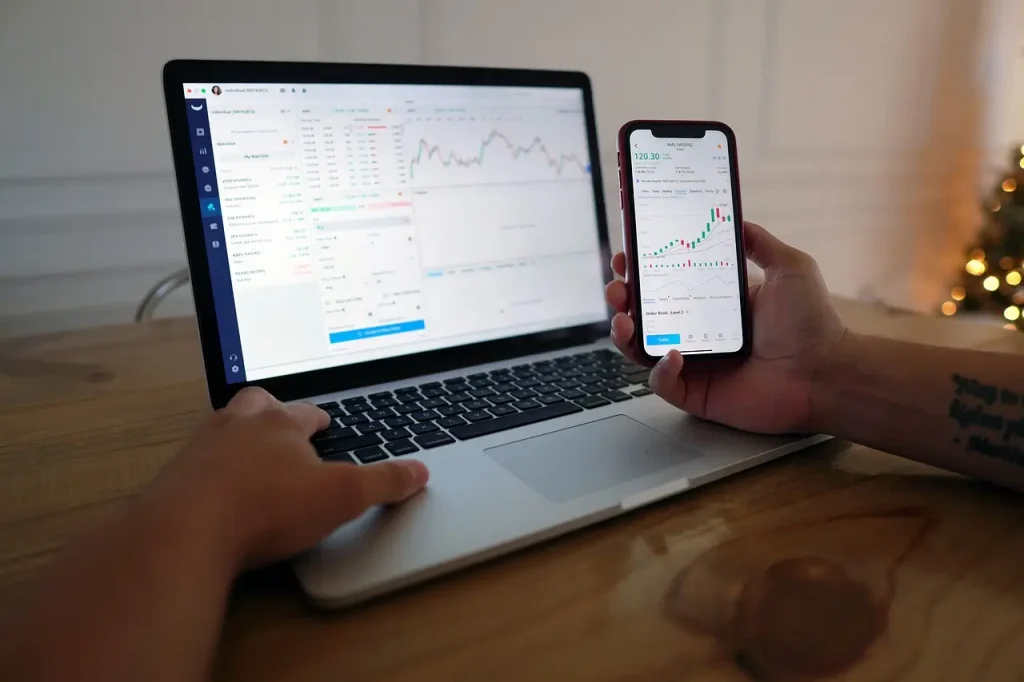Have you ever wondered how businesses know if they’re doing better than last year? They use something called Year-Over-Year, or YOY for short! YOY is like comparing how many cookies you sold at your lemonade stand this July to how many you sold last July. It helps us see if things are growing, shrinking, or staying the same. This guide will explain YOY in a super simple way, so you can understand it even if you’re just starting to learn about numbers and business.
Imagine you’re tracking how many apples you pick from your apple tree. YOY means comparing the number of apples you picked this September to the number you picked last September. It’s a way to compare things from the same time in different years.
Why is this better than comparing this September to this August? Because seasons matter! You’ll probably pick more apples in September (when they’re ripe) than in August. YOY helps us compare things fairly.
Let’s say you made $50 selling toys at a yard sale this June, and last June you made $40. Here’s how to find the YOY growth:
Find the Difference: $50 (this year) – $40 (last year) = $10
Divide by Last Year’s Number: $10 / $40 = 0.25
Multiply by 100 to Get a Percentage: 0.25 x 100 = 25%
Your sales grew by 25% YOY! That means you did 25% better this year than last year.
Here’s the formula:
(This Year’s Number – Last Year’s Number) / Last Year’s Number) x 100 = YOY Growth %
See the Big Picture: YOY helps us see if things are getting better or worse over time, not just month to month.
Ignore the Ups and Downs: Sometimes things change because of special events (like a big sale or bad weather). YOY helps us look past those short-term changes.
Plan for the Future: If your lemonade stand sales grow 20% YOY every year, you can guess they might grow again next year! This helps you plan how much lemonade to make.
Track expenses: YOY helps to keep track of the costs.
A Toy Store: A toy store wants to know if they sold more toys this December than last December. That’s a YOY comparison!
A Website: A website can check how many people visited this month compared to the same month last year.
Your Savings: You can compare how much money you saved this year to how much you saved last year.
YOY vs. Month-to-Month (MoM): MoM compares one month to the next month (like May to June). YOY compares the same month in different years (like May this year to May last year).
YOY vs. Year-to-Date (YTD): YTD adds up everything from the beginning of the year until now. So, YTD for July would be all the sales from January to July. YOY just compares July this year to July last year.
YOY vs. Annual Growth Annual growth takes the whole year into account, not just the months.
Weird Things Happen: If there was a huge snowstorm last year that closed all the stores, comparing this year’s sales to last year’s might not be fair.
New Businesses: If a store just opened this year, it doesn’t have any “last year” numbers to compare to!
Only Part of the Story: YOY tells us if things changed, but not why. We need to think about other things to understand the reasons.
Company Reports: Big companies often share YOY numbers in reports.
News Articles: News websites and newspapers often talk about YOY changes for businesses and the economy.
Websites: Sites about the stock market or specific industries often show YOY data.
Bureau of Labor Statistics (www.bls.gov) A good source of numbers.
Bureau of Economic Analysis (www.bea.gov) Another good source.
What does YOY stand for? Year-Over-Year.
Is YOY the same as yearly growth? Not exactly. YOY compares specific periods, while yearly growth looks at the whole year.
Is a higher YOY number always good? Usually, but not always! If your costs went up a lot YOY, that might not be good.
Can I use YOY for my own stuff? Yes! You can use it to track your savings, your grades, or anything that changes over time.
Conclusion
YOY is a simple but powerful way to compare things over time. It helps businesses, people who invest money, and even you understand if things are getting better, worse, or staying the same. Now you know the secret to understanding YOY!
Join thousands of traders who trust VantoFX as their top trading provider. Experience the difference – trade with the best.
Don’t know which account will be best for you? Contact us.

Trading over-the-counter derivatives involves leverage and carries significant risk to your capital. These instruments are not appropriate for all investors and could result in losses exceeding your original investment. You do not possess ownership or rights to the underlying assets. Always ensure you are trading with funds you can afford to lose.